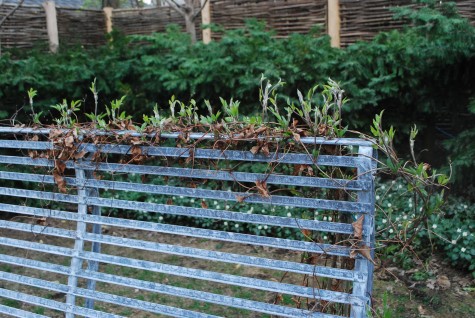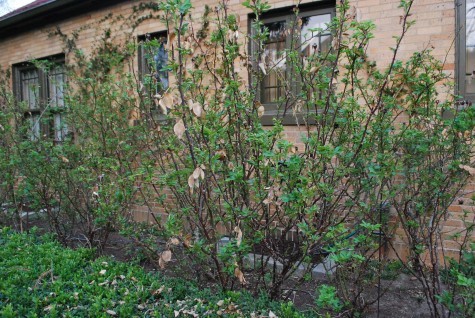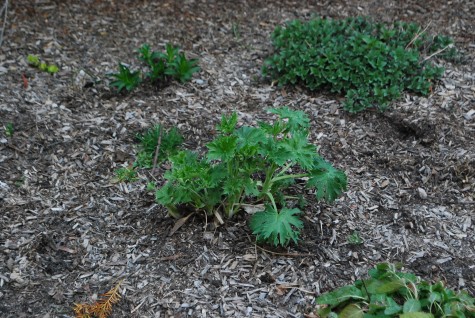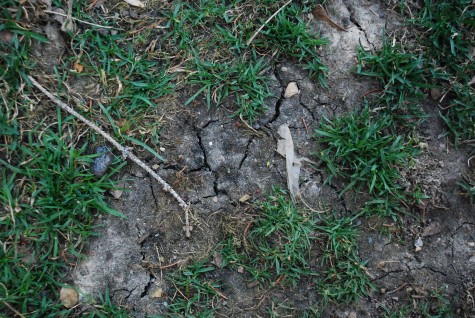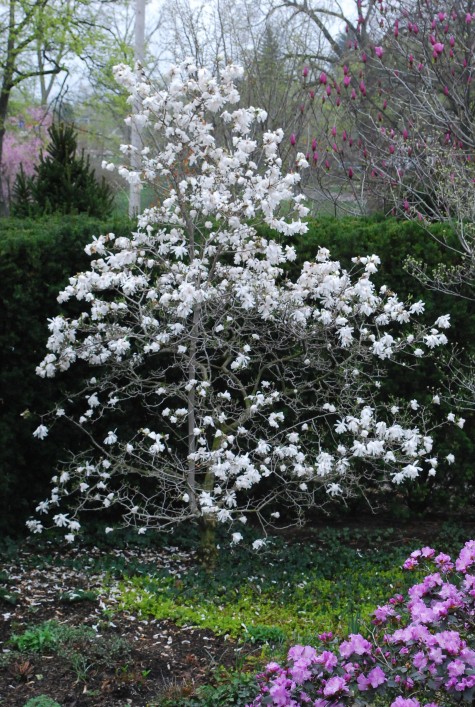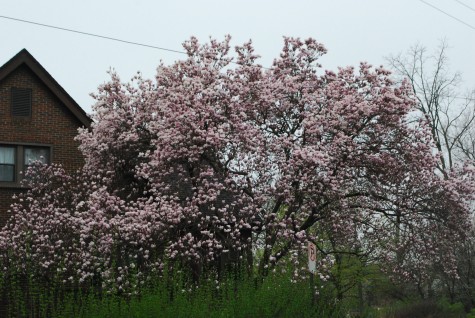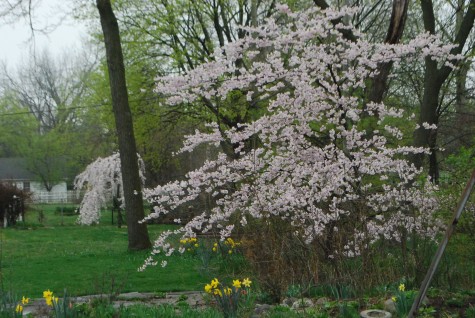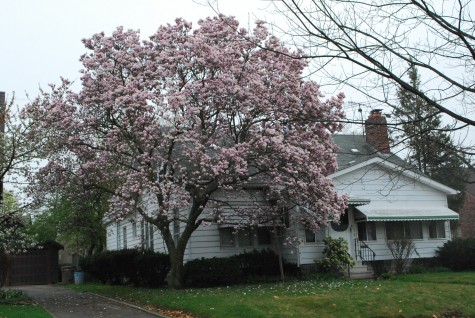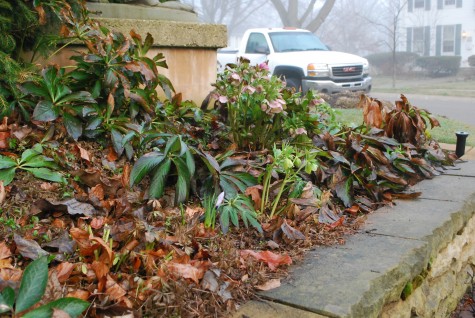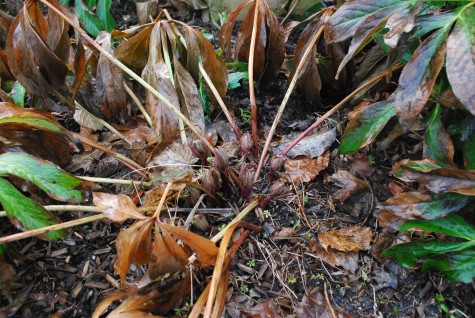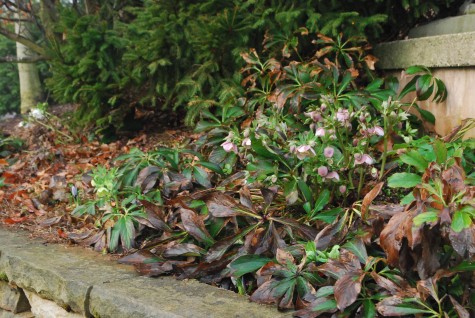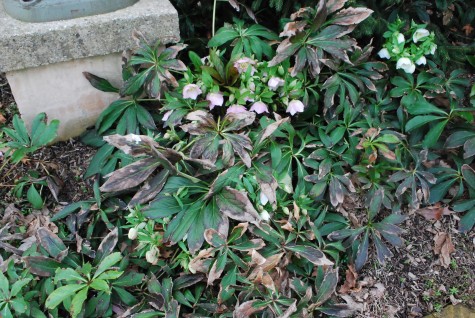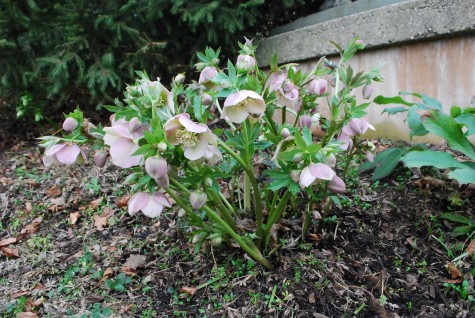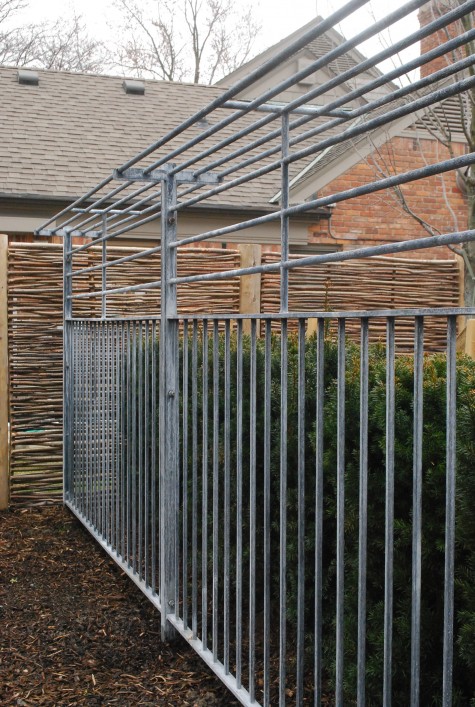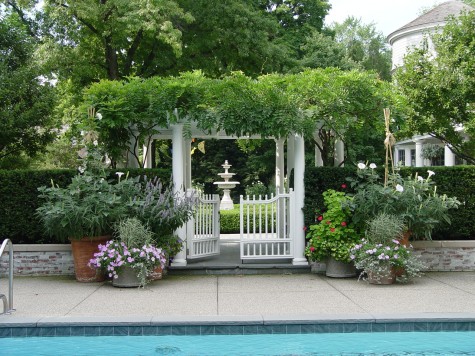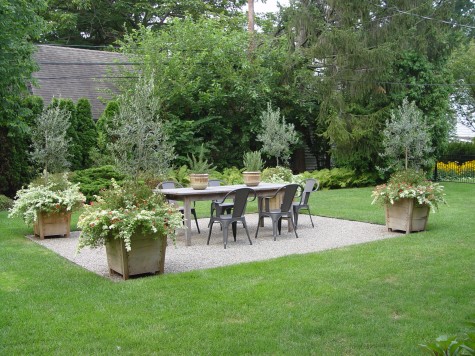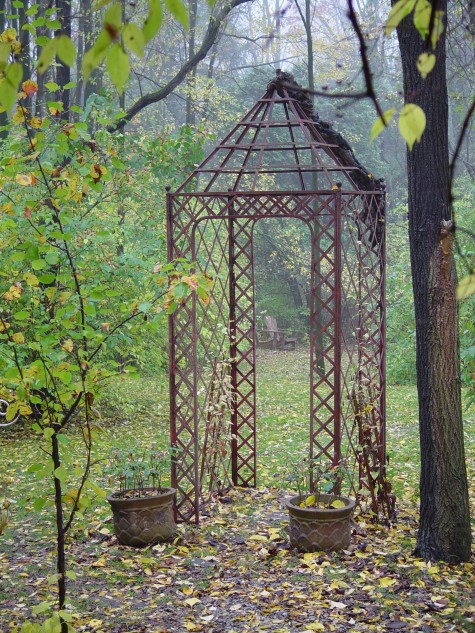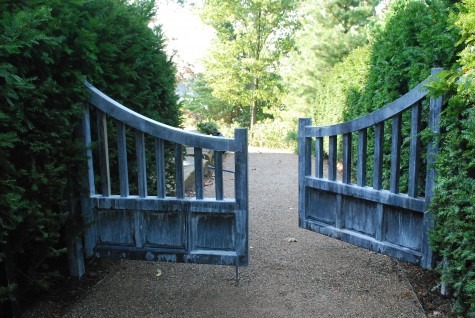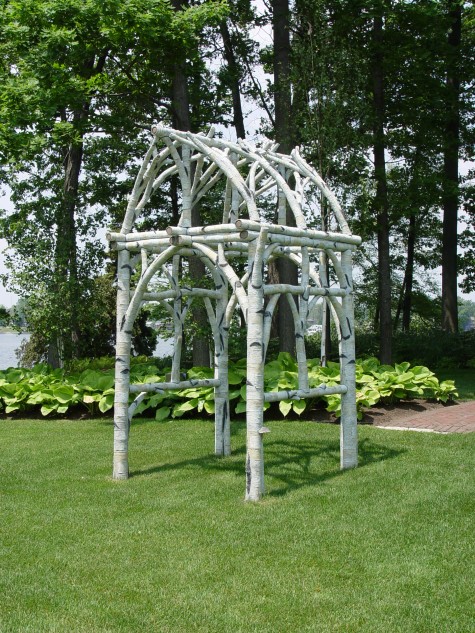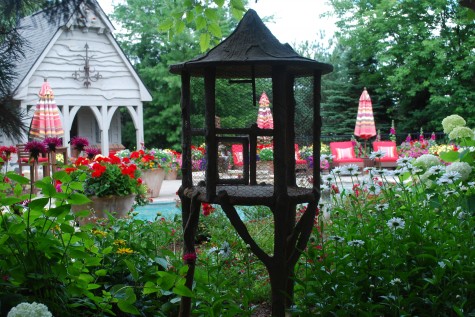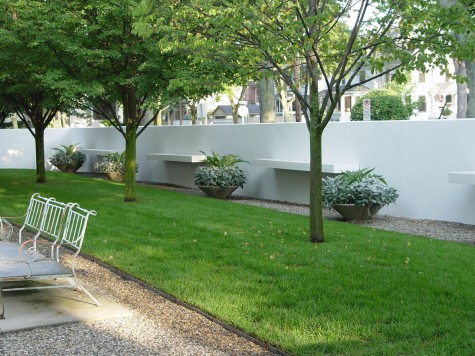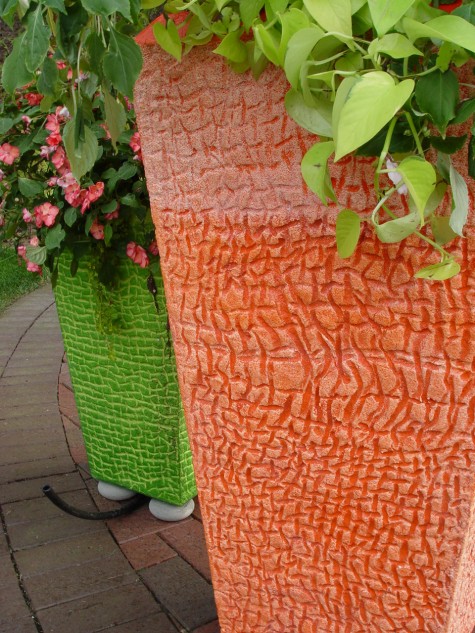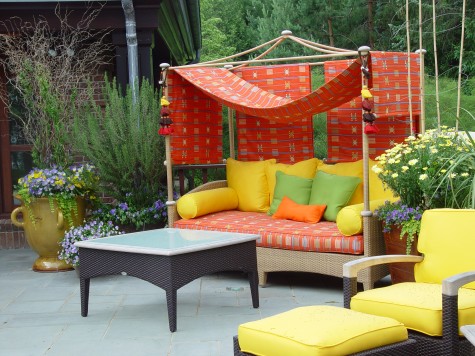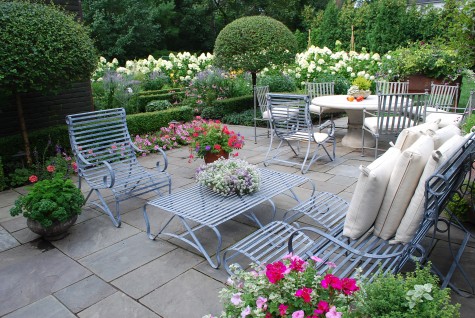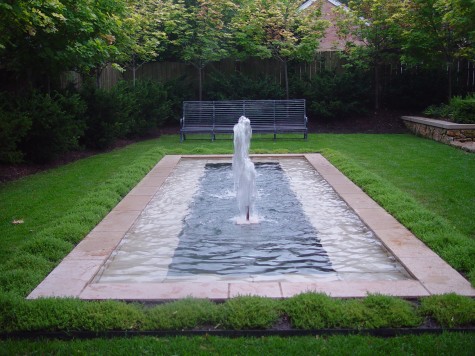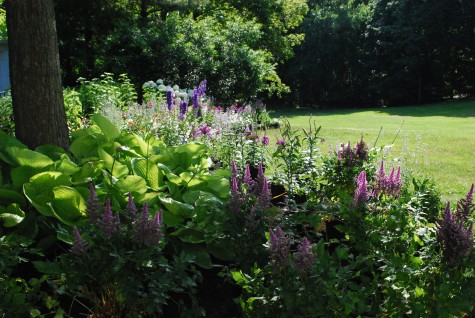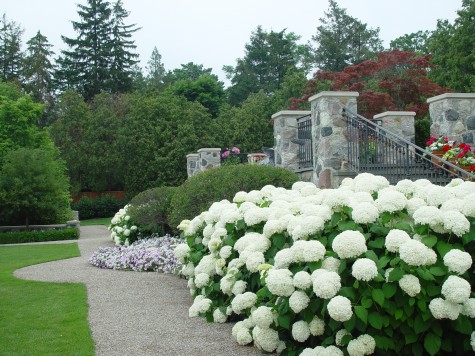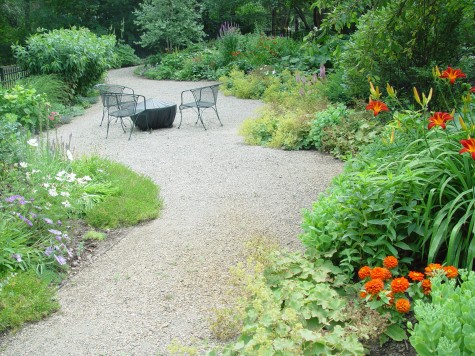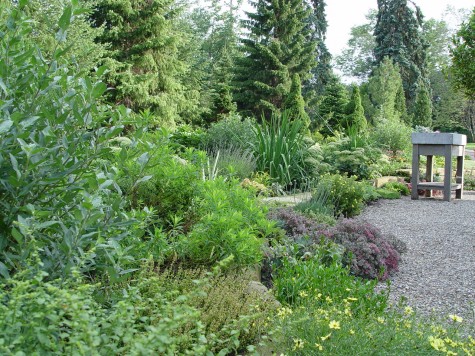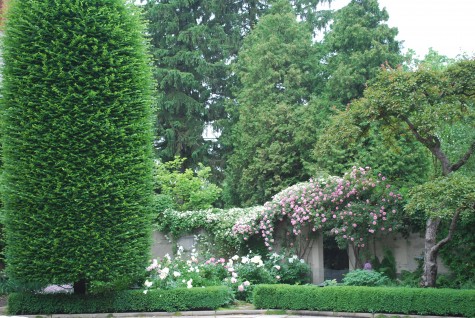The European ginger sprouting in mid March is a bit of a shock. I would say this is definitely 3 weeks earlier than usual-maybe 4 weeks early.
Clematis sprouting in mid March? Unexpected. Unusual. Ok, no kidding-astonishingly early.
Roses leafed out in March
Delphiniums making an appearance in March
Very dry winter. Cracked earth in March. Who waters their garden in March in my zone? All of us serious gardeners in southeatern Michigan-that’s who. Mother Nature-any water coming our way from the sky soon?
Big weeds in the isotoma-not to mention the grass growing like crazy
Magnolia Stellata-blooming March 14. Dropping petals, March 16
Hellebores blooming
Magnolia Soulangiana, the third week of March
March spring -down the street
The neighborhood, March 2012. Today was distinctly chilly. What’s ahead? I have no idea-I am just a girl with a passion for the garden. The passionate part means that I will stand tall and be stubborn. Most importantly, I will roll with the program. I like playing a small part in a bigger picture. What could be better?

